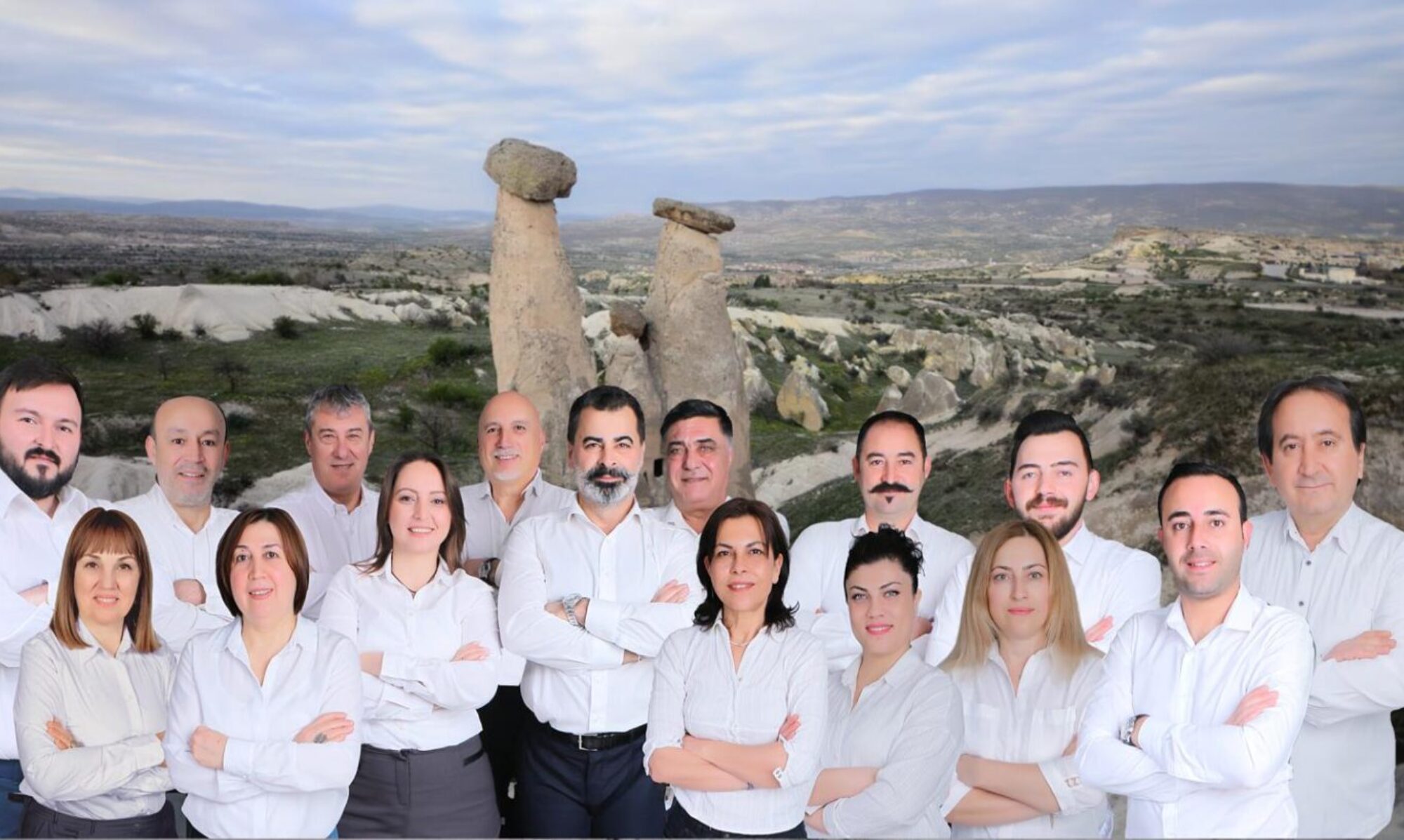I noticed a news story in a newspaper dated August 15, 2012.
One of the new regulations (it is a draft now) regarding consumer protection that will become effective in 2013 is that “the banks will not force customers to make insurance a requirement for car and housing loans”.
…
When issuing a car or a housing loan, banks that act as agency to one or more insurance companies ask or require their customers for:
-
a motor own damage policy for car loans,
-
a TCIP and fire insurance policy for housing loans,
-
and a personal accident or life insurance policy for the credit customer,
with the condition that the bank itself is the beneficiary.
Although when you look from the outside, it looks as if the banks force customers for insurance with the main objective of obtaining fee income, the underlying purpose is to protect the loan and the customer. The worldwide practice is also the same.
From my own experience, I have seen many customers and/or their heirs benefiting from these insurance policies.
…
I would like to extend this topic a little further.
Home Insurance (TCIP and Fire) Policies: It is well-known fact that our country, especially the Marmara Region is a high-risk earthquake region. It is also a fact that the mid-class citizens mainly finance their home acquisitions through bank loans.
Banks take a mortgage on these properties as collateral.
Although I hope it will never take place, in the case of a large scale earthquake, the damages to these properties will first and foremost cause damage to the credit customer.
He or she may no longer be able to reside in the house. It will be extremely difficult to cope with such losses. In fact, if he or she had sufficient financial means, the usage of a housing loan would not be necessary in the first place.
Because of the damage to the property, the bank will also lose its main collateral, and will have to look for other assets of the customers for the repayment; the customer who is already distressed due to the damage will risk losing other existing financial or physical assets.
Therefore, both TCIP (up to a certain limit) and home (fire) policies should accompany housing loans.
Telling banks not to require a customer for insurance will, in the end, cause the customer’s loan to become unsecures, which will sooner or later harm the economy as well.
…
Motor Own Damage Policies: Like home policies, the bank utilizes a loan for the customer up to a certain percentage of his or her vehicle’s value.
In the absence of an insurance policy, the client, who needed a loan to buy the vehicle, will be the one who sustains the highest amount of damage in the case of an accident.
In case he or she fails to make the repayments of the loan while forcing his or her financial means to get the vehicle repaid, the loan will be subject to default procedures by the bank.
Especially if there is an injury or death involved with the accident, not only the customer but even the heirs will be negatively affected.
…
Personal Accident or Life Policies: Who will benefit the most from the customer buying a life policy in all personal loans? (housing, car or general purpose)
Naturally, the customer and his or her heirs.
I have seen many examples where the heirs of a customer who was dead or injured, benefit from the claim payments of insurance policies in situations where they would otherwise not be able to pay by their own means.
…
It could be argued that these policies could be sold by other distribution channels other than banks.
Surely, this is possible.
However, at that stage the banks start to have difficulties in tracking these policies:
- Is it renewed?
- Is the coverage frozen because the premiums are not paid?
- Is the policy cancelled?
If these problems can somehow be solved, there is no problem. However, if these policies are to be sold in any case, why not by banks?
…
In my opinion, banks are currently the healthiest and most efficient retail insurance distribution channel.
The above concerns should be taken into account when attempting to change the best performing system that not only protects the interests of the customer but also protects those of the heirs of the customer, the collaterals of the banks and the national assets of the country.



